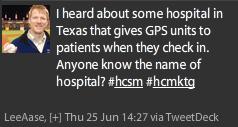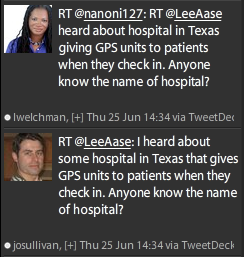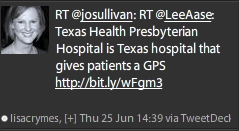Advertising Age had an interesting article Wednesday – “Lowered Expectations: Web Redefines ‘Quality’” – regarding the challenges big media conglomerates have in a world in which publishing has been democratized. Here a couple of relevant excerpts:
Publishers from The New York Times to Condé Nast to NBC have been arguing for years that, ultimately, demand for quality would give them advantages over online upstarts: Users would demand it and advertisers would always covet the environment that quality can confer.
But they’re facing two trends that appear to be inexorable. Audiences that do not intently seek out quality are increasingly inured to traditional media brands on the web. At the same time, agencies and advertisers are adopting technologies that allow them to target individuals independent of whatever media they may be absorbing, making the media brand itself less important, perhaps even irrelevant.
…
“Today there seems to be a bigger premium on popularity — substantiated or not — than there is on authority,” said Group M CEO Rob Norman.
…
Big, established brands are the ones that least need the authority of media, and indeed many are adapting to a diminished world of old media by producing their own content. Where it starts to hurt are smaller brands that don’t have those advantages. Mr. Norman said it tends to be smaller brands that rely on the “the conferred quality, authority and scale of more traditional media forms to deliver brand messaging or persuade audiences.”
While I think this article highlights an important trend (that of quality being judged by average users instead of elites and big media brands), I have a bit of a different take. I agree that big brands that already have a substantial degree of trust have a great opportunity to create content and reach consumers directly, but I don’t see that smaller brands are terribly disadvantaged. They have an opportunity through the Web to reach “audiences” or “communities” directly, just as the more established brands do.
But whereas Mr. Norman says the new standard of quality seems to be “popularity” as opposed to “authority,” I think the real standard to be met is usefulness and trustworthiness. Web publishing enables real experts (for example, physicians and scientists) to contribute content, as an alternative to journalists and the mainstream media. So it’s not always popularity vs. authority; it can equally be one kind of authority (medical, scientific) vs. another type of authority (journalistic objectivity.)
The real opportunity for those who have been advertising is that instead of paying to interrupt consumers of quality media content with unwelcome marketing messages, they can produce content of their own that people actually want. That they find useful.


